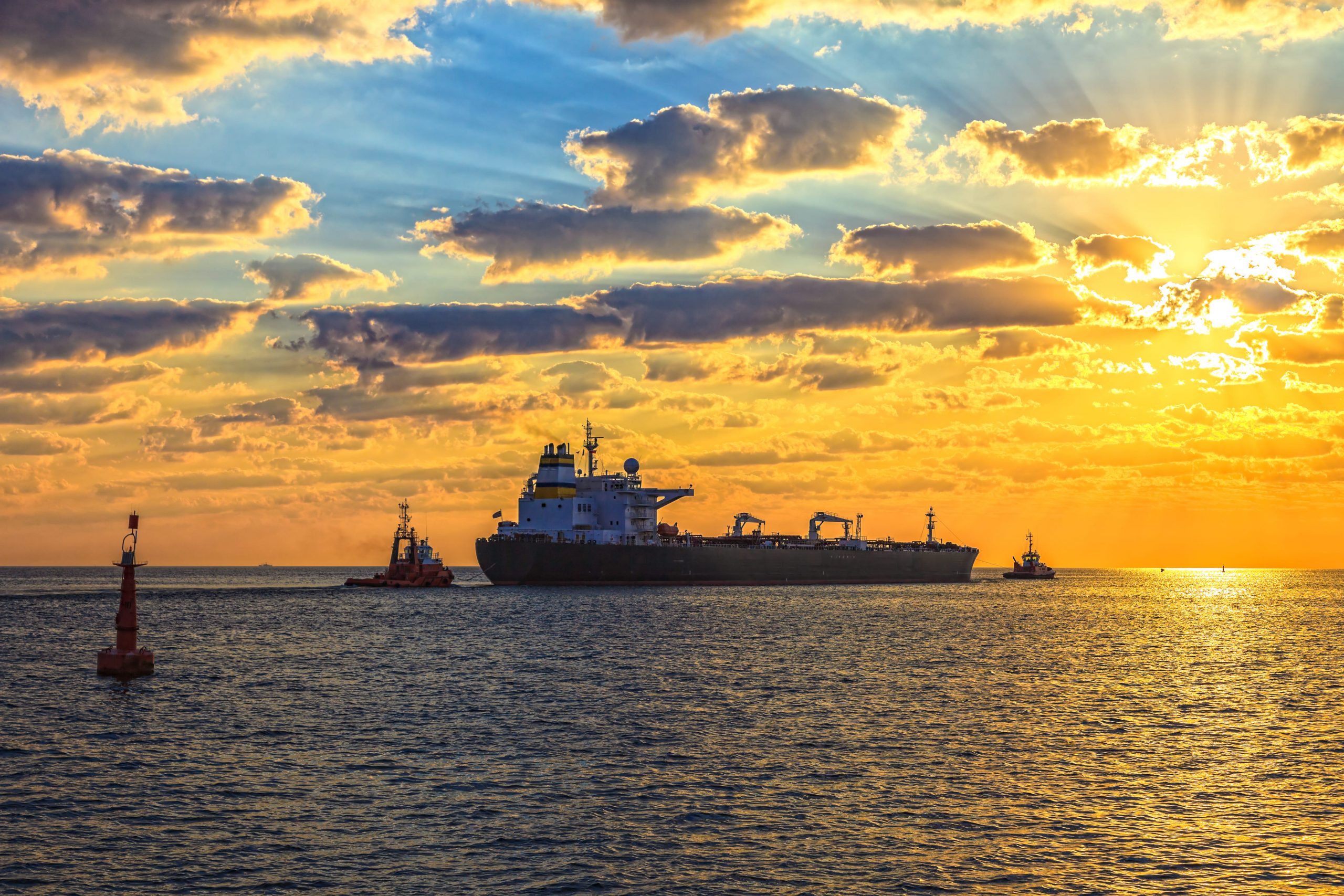In the vast expanse of the world’s oceans, ensuring the safety and efficiency of maritime navigation is paramount.
Originally developed as a collision avoidance tool, automatic identification systems (AIS) have become integral parts of maritime safety protocols — revolutionising maritime safety by providing crucial real-time data to vessels, ports and harbours.
Class B AIS units can be integrated into marine aids to navigation (AtoN) to enhance maritime safety and efficiency, significantly improving the services provided to mariners.
Unlike Class A AIS, which are mandated for large commercial ships and provide robust, high-frequency data transmissions, Class B AIS offer a more economical and simpler option suitable for recreational boats, small commercial vessels and private yachts.
The benefits of automatic identification systems in AtoN
The International Maritime Organization (IMO) stipulates that all ships over 300 gross tonnage on international voyages, cargo ships over 500 gross tonnage not on international voyages, and all passenger ships irrespective of size, must carry AIS transponders.
However, Class B AIS are not mandated for use on all vessels. Their use is generally recommended for smaller vessels that do not fall under the compulsory AIS carriage requirements set by the IMO for larger commercial vessels.
Class B AIS can complement traditional aids to navigation, such as racons and buoys, and existing systems — providing additional data and enhancing their overall effectiveness to improve the overall navigational environment.
One of the key benefits of Class B AIS is their cost-effectiveness. Compared to Class A units, Class B units are much more affordable, making advanced navigational technology accessible to a broader range of users, including those responsible for maintaining AtoN.
Here are some of the other key benefits Class B automatic identification systems bring to the table to enhance the functionality and reliability of AtoN…
Precise identification and position tracking
Class B AIS can be used to broadcast the position and identity of navigational aids, ensuring that mariners can rely on the precise location of these AtoN for safe passage.
This is especially useful in poor visibility conditions, such as fog or heavy rain. The ability of AIS to function in all weather conditions ensures that AtoN remain visible and identifiable, enhancing safety for vessels navigating in challenging environments.
Mariners using Class B AIS can also receive information about nearby vessels, helping them make more informed navigational decisions, particularly in congested or restricted waters. Likewise, in emergencies, these AIS can assist search-and-rescue operations by providing precise location data, making it easier for rescuers to locate the distressed vessel.
Continuous monitoring and control capabilities
The ability to remotely control and adjust AtoN parameters, such as light characteristics or signal patterns, enhances the flexibility and responsiveness of navigation aids.
Equally, authorities and organisations can use Class B AIS to continuously monitor the status and performance of AtoN, ensuring they are operational and correctly positioned. For example, AIS can indicate if a floating navigation aid is off its designated position through off-position alerts, allowing for immediate corrective actions and minimising navigational hazards.
Enhanced data provision
AtoN equipped with Class B AIS can transmit real-time meteorological and hydrological data, such as weather conditions, tides and sea state — providing mariners with crucial information for safe navigation.
These navigational aids can also broadcast specific messages marking areas to be avoided, such as traffic separation schemes (TSS) and offshore structures like wind farms or oil platforms.
Improved traffic analysis and service provision
Data collected from Class B AIS can be used to analyse maritime traffic patterns and types, helping organisations and authorities to optimise the deployment and maintenance of AtoN.
Understanding traffic types and densities enables authorities to provide the appropriate level of service and mix of navigational aids, ensuring efficient and safe navigation.
Cutting-edge monitoring with HydroWatch and HydroData
The integration of Class B AIS represents a significant leap forward in enhancing the functionality and reliability of marine aids to navigation — providing accurate identification and positioning, as well as improved performance monitoring and real-time data transmission.
HydroWatch is a cutting-edge AIS monitoring unit that provides real-time data from marine instrumentation and aids to navigation, enabling users to analyse trends, identify any anomalies and make informed decisions. With this information, users can benefit from improved operational efficiency, reduced downtime and cost savings.
HydroData serves as a cloud-based monitoring portal for the HydroWatch unit. It offers a centralised platform to easily track and manage marine assets that may be dispersed across multiple locations or set in remote environments.
Recognising the numerous benefits, it is recommended that all relevant authorities and organisations incorporate AIS technology — such as HydroWatch and HydroData — into marine AtoN as part of their operations. As the maritime industry continues to evolve, the adoption of this technology in navigational aids will play a critical role in ensuring the safe and efficient navigation of the world’s waters.
Find out more about HydroWatch and HydroData or contact [email protected] to discuss your AIS requirements.








